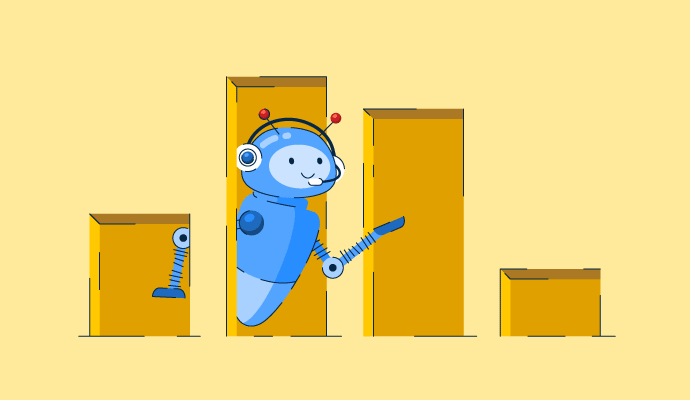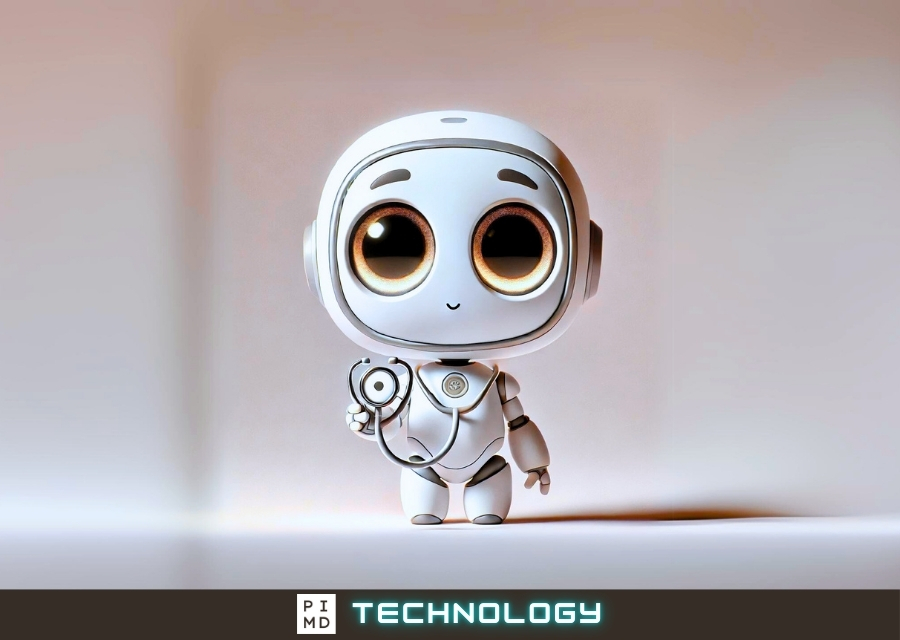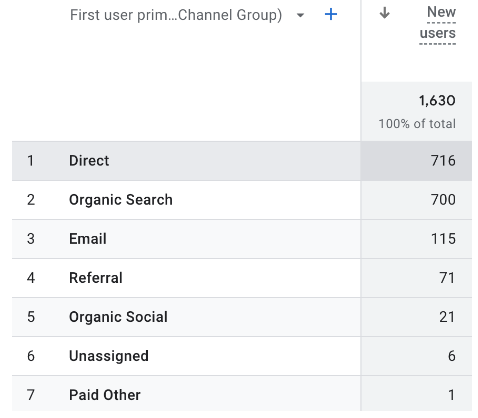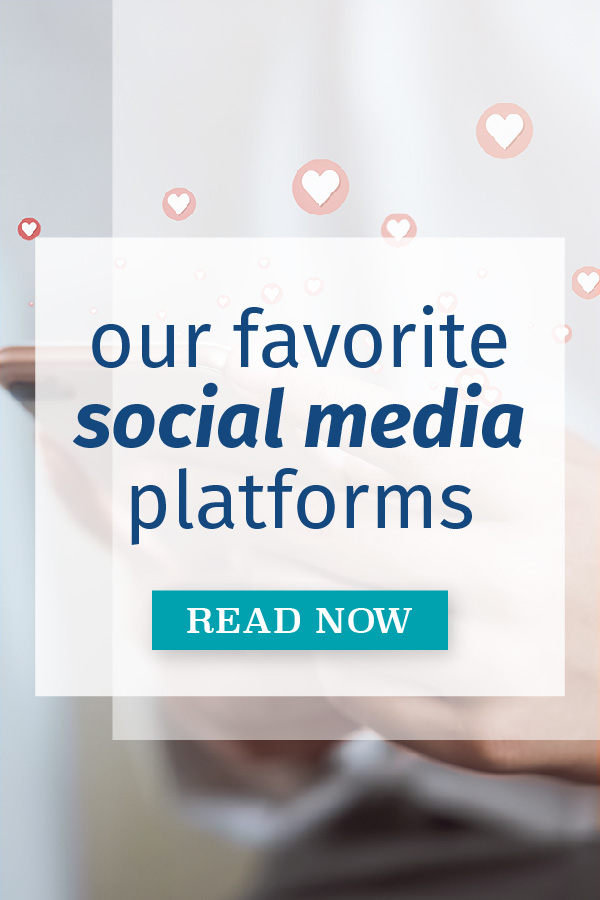Let's talk about chatbots. You know, those things you sometimes message on different applications...
Chatbot Basics 101 Let’s talk about chatbots. You know, those things you sometimes message on different applications or websites. To put it simply, a chatbot is software that interacts with a human being through a messaging application. We see...
Chatbot Basics 101
Let’s talk about chatbots. You know, those things you sometimes message on different applications or websites. To put it simply, a chatbot is software that interacts with a human being through a messaging application.
We see these chatbots being used on desktop or mobile applications, social media platforms, and even websites. These bots engage with people using a conversational or “chat” interface. Sounds simple, right? Wrong.
Let’s break down the basics of chatbots and how you might benefit from using one.
The Basics of Bots
You’ve probably heard of the looser term, “bots.” Are these the same things as chatbots? Not really.
A bot is a generic term for a computer program that generates tasks. The term “bot” actually comes from “robot.” So, it makes sense that it’s a computer program. Regardless, bots aren’t new. Search engines like Google have been reliant on bots for years to help with analyzing content and indexing the web. In this case, bots can make it easier to track and organize information, often moving at a faster pace than any human is really capable of.
Defining Chatbots
If a bot is an automated tool designed to complete a specific software-based task, then a chatbot is the same thing – just with a focus on conversations. These bots were developed to interact conversationally with humans. In the age of customer experience, they make it easier for companies to provide 24/7 service to even the most demanding customer.
Think of them like little guides helping consumers find their way in and out of the information on your social media platforms or website. They’re like digital assistants. But, how exactly do they work?
How Chatbots Work
Driven by artificial intelligence (AI), automated rules, natural-language processing (NLP), and machine learning (ML), these bots process data to deliver responses to all kinds of requests. You don’t have to know what any of that means, don’t worry. I’ll do my best to break it down.
There are two types of chatbots: task-oriented and data-driven. Task-oriented chatbots are single-purpose programs that focus on performing one task. Using rules, NLP, and very little ML, they generate automated but conversational responses to user requests.
Data-driven chatbots are much more sophisticated, interactive, and personalized than task-oriented ones. These programs are contextually aware and leverage NLP and ML to learn as they go. Apple’s Siri and Amazon’s Alexa are examples of consumer-oriented, data-driven, predictive bots.
So, the real question is: should you use one?
Chatbots for Business
Chatbots simplify things. It may not be able to pull a rabbit out of the hat, but they sure do feel like magic to your customer, without the need to keep any difficult tricks or gimmicks up your sleeve. They can answer questions effectively and quickly. So, if you don’t have much time to respond to your customers throughout the day, a little digital assistant might be great for you.
not ready for a chatbot?
If you need someone to respond to customers throughout the day but you’re not sure if a chatbot is right for you, let us do the talking.
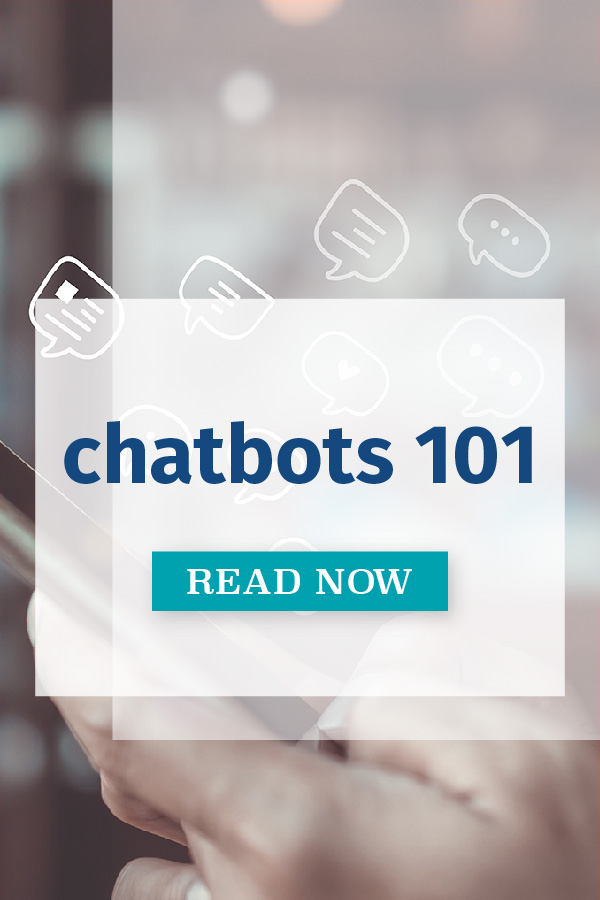
Chatbot Basics 101
Favorite Social Media
What is your favorite social media platform? Remember the days when there was just Myspace? Oh,...
Call to Action Do’s and Don’ts
There is such a thing as a bad call to action The goal of any page on a website, whether it's the...
Let’s Talk Web Navigation
The Web Navigation Bar (aka, the nav & primary menu) The web navigation bar is a custom-built...



